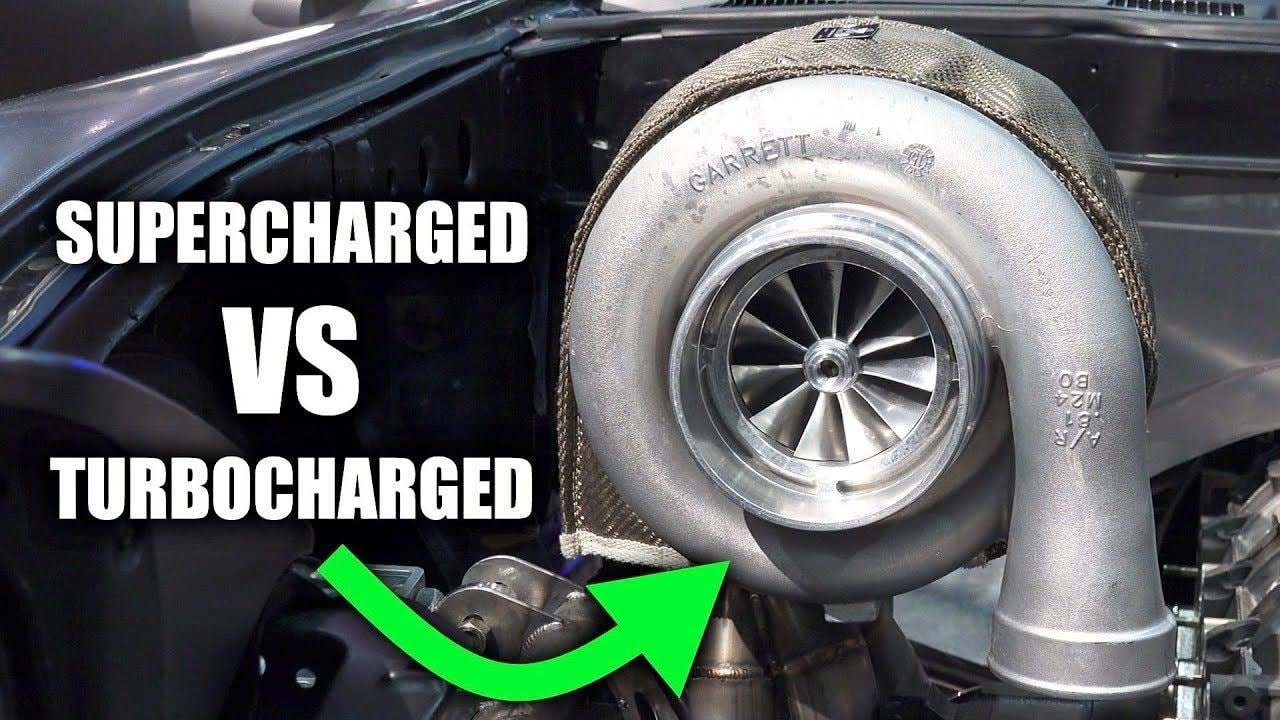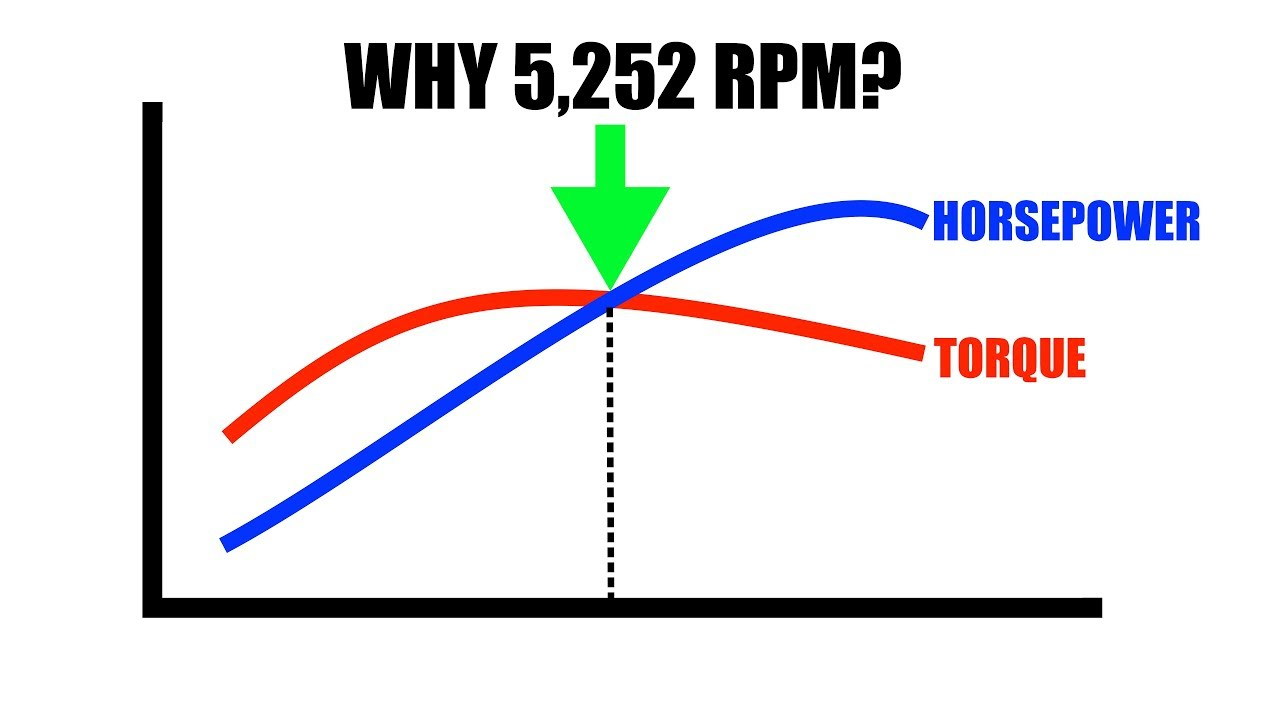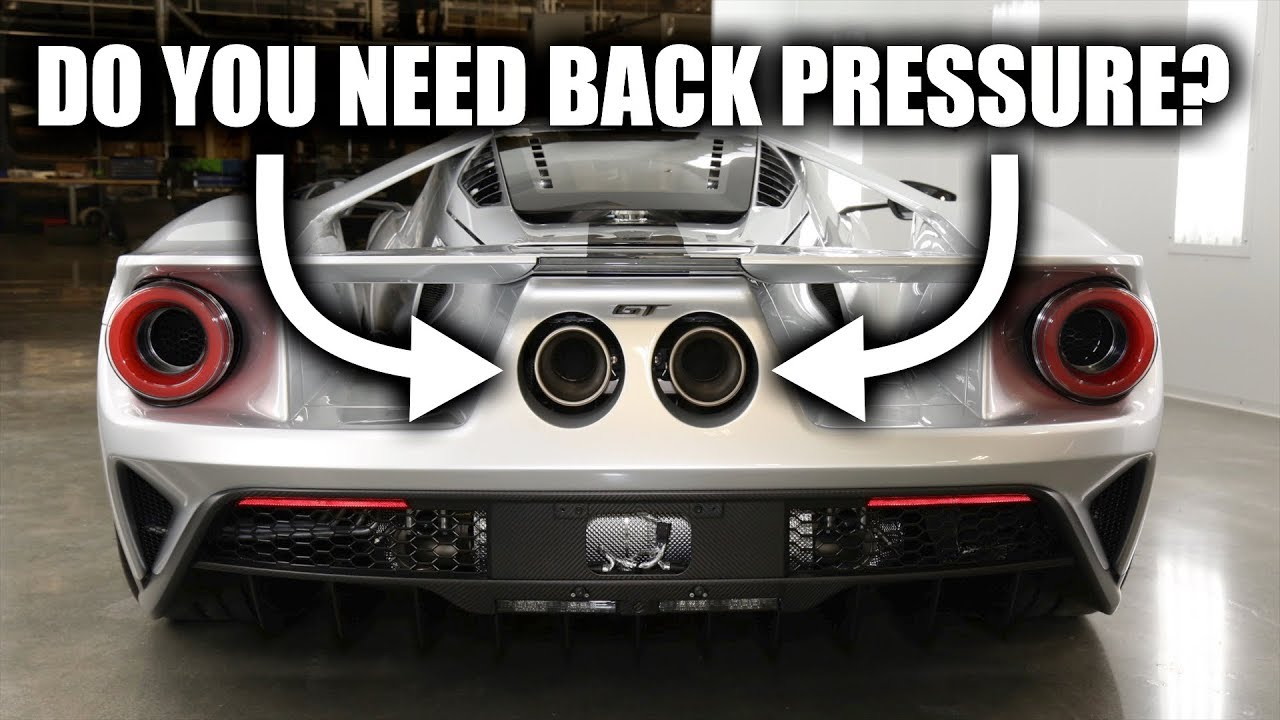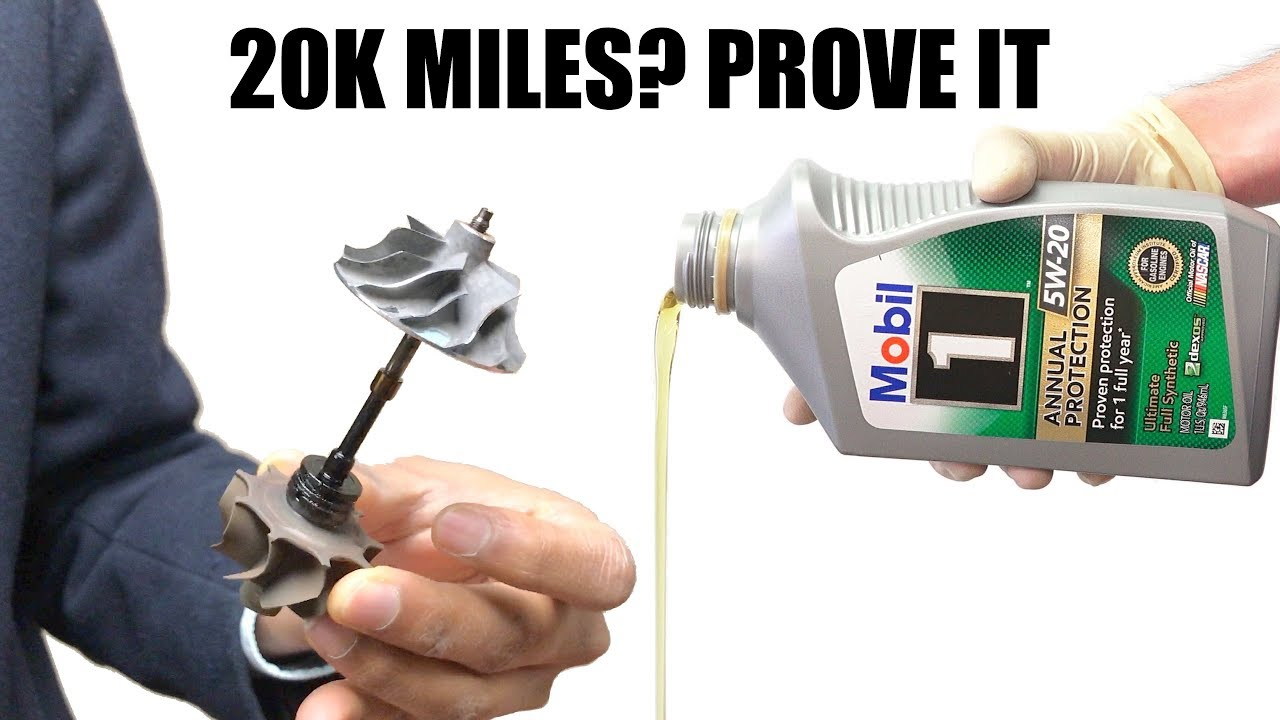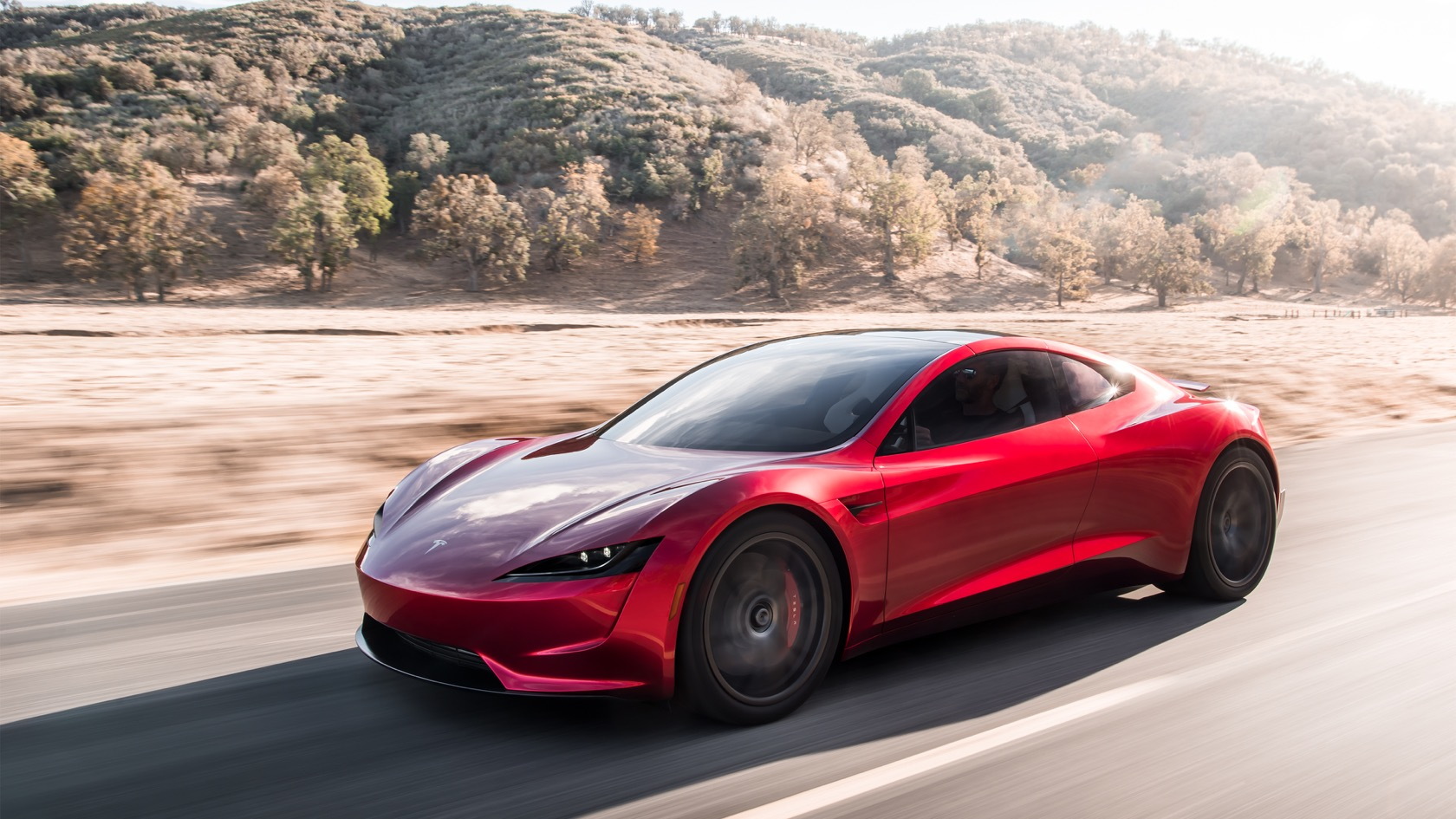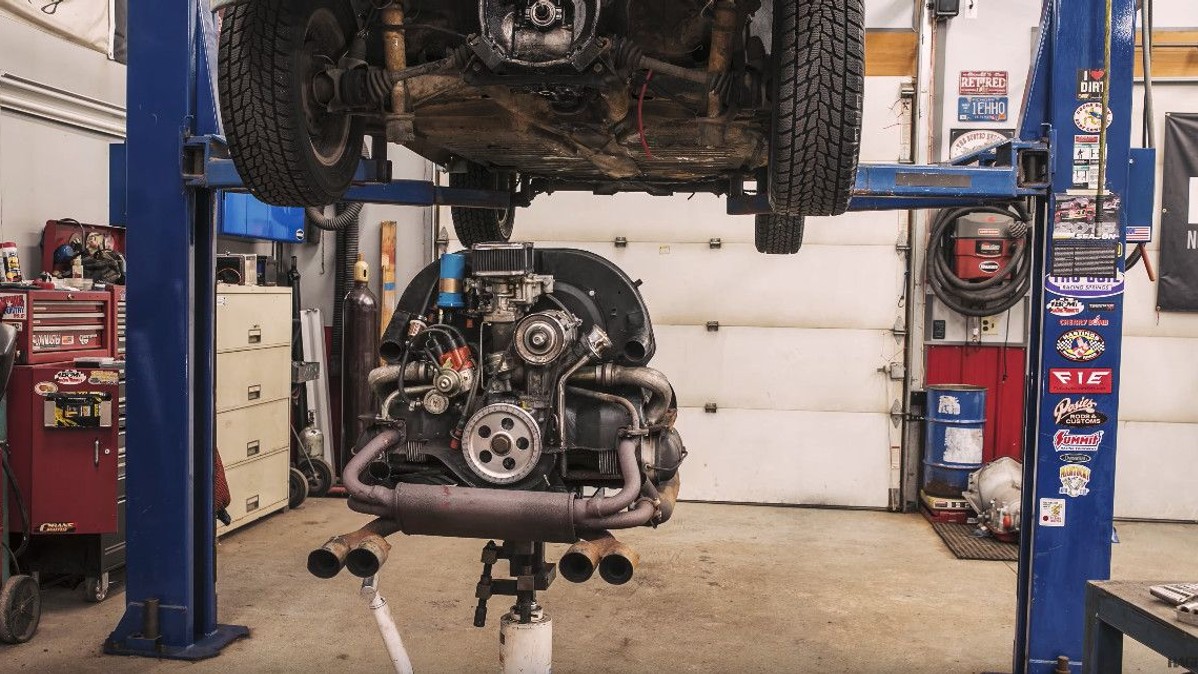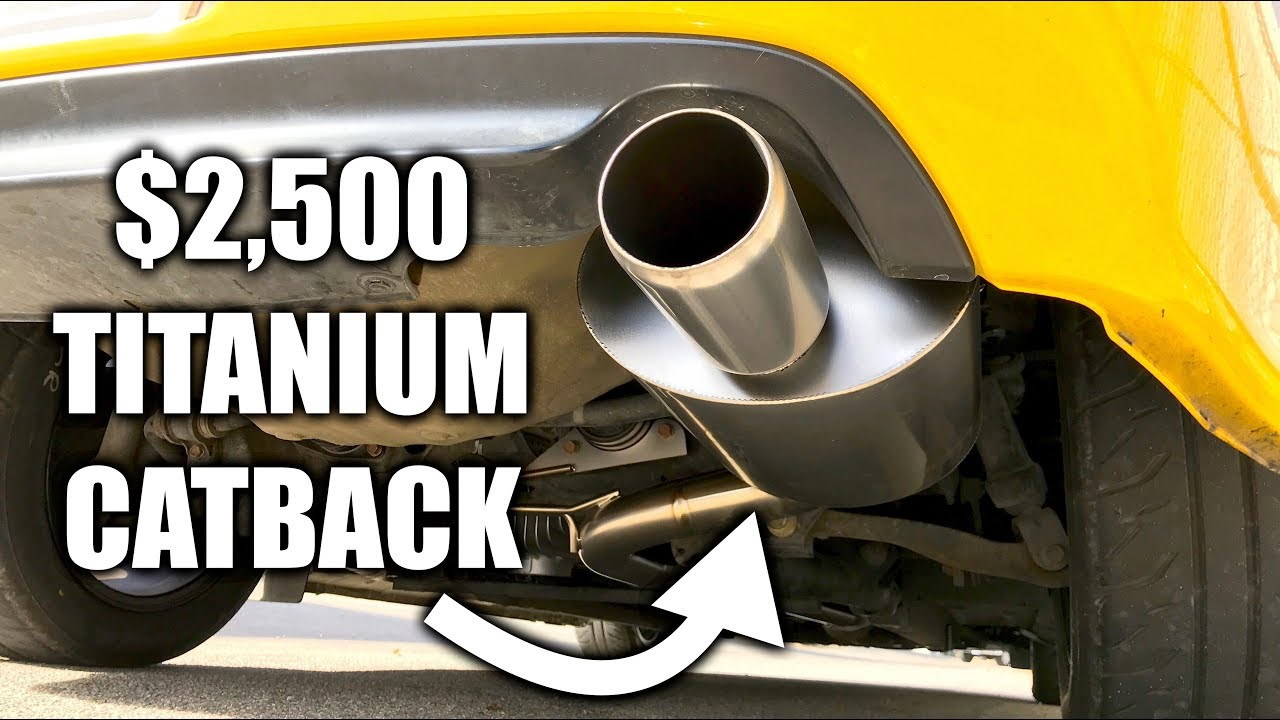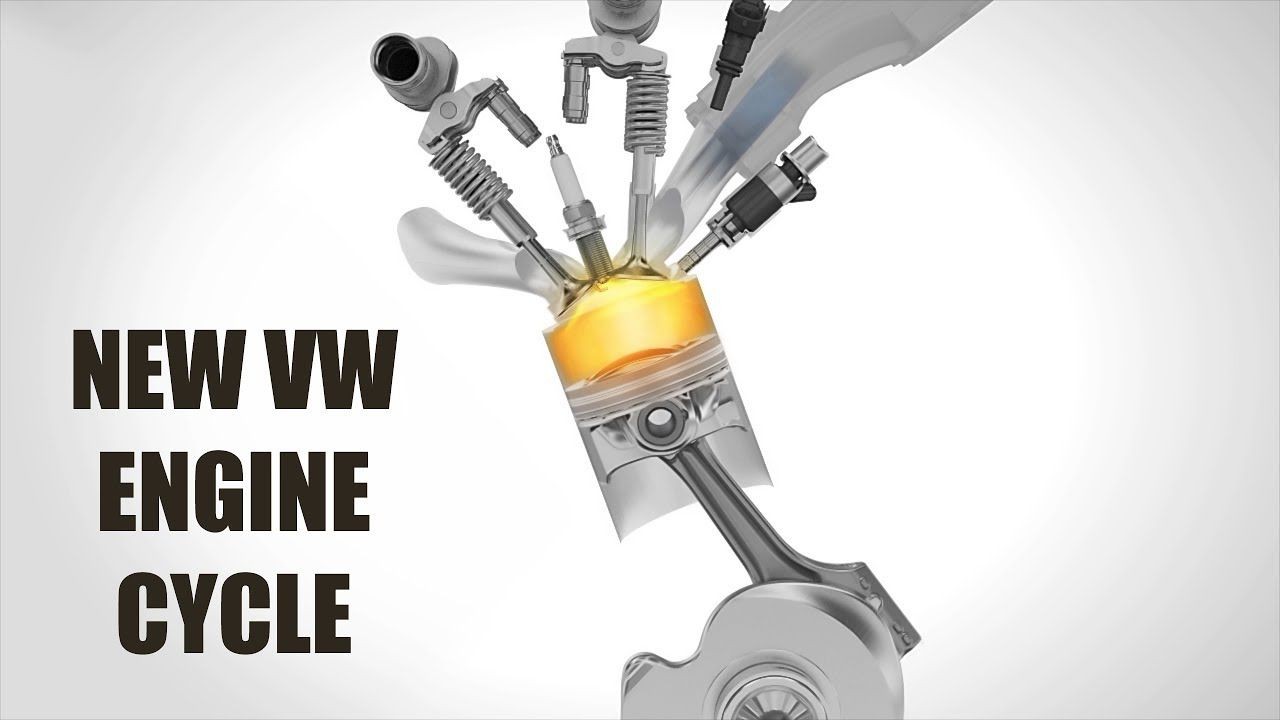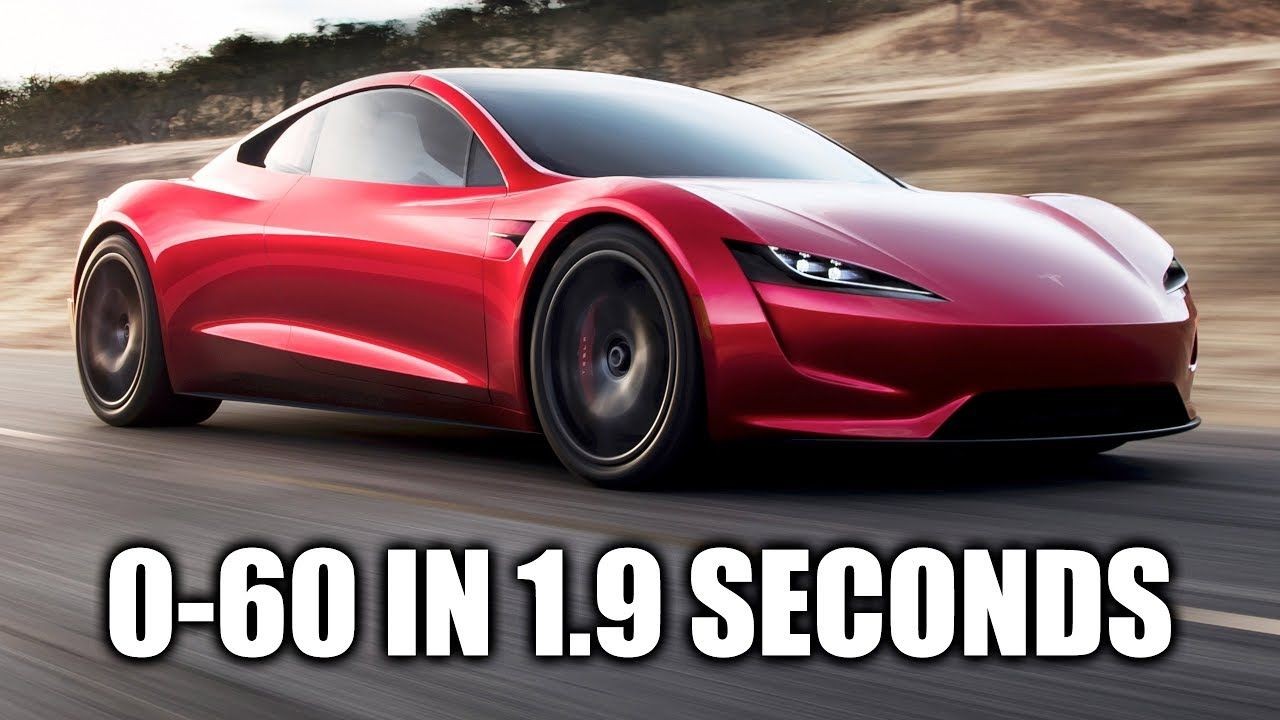How It Works
-
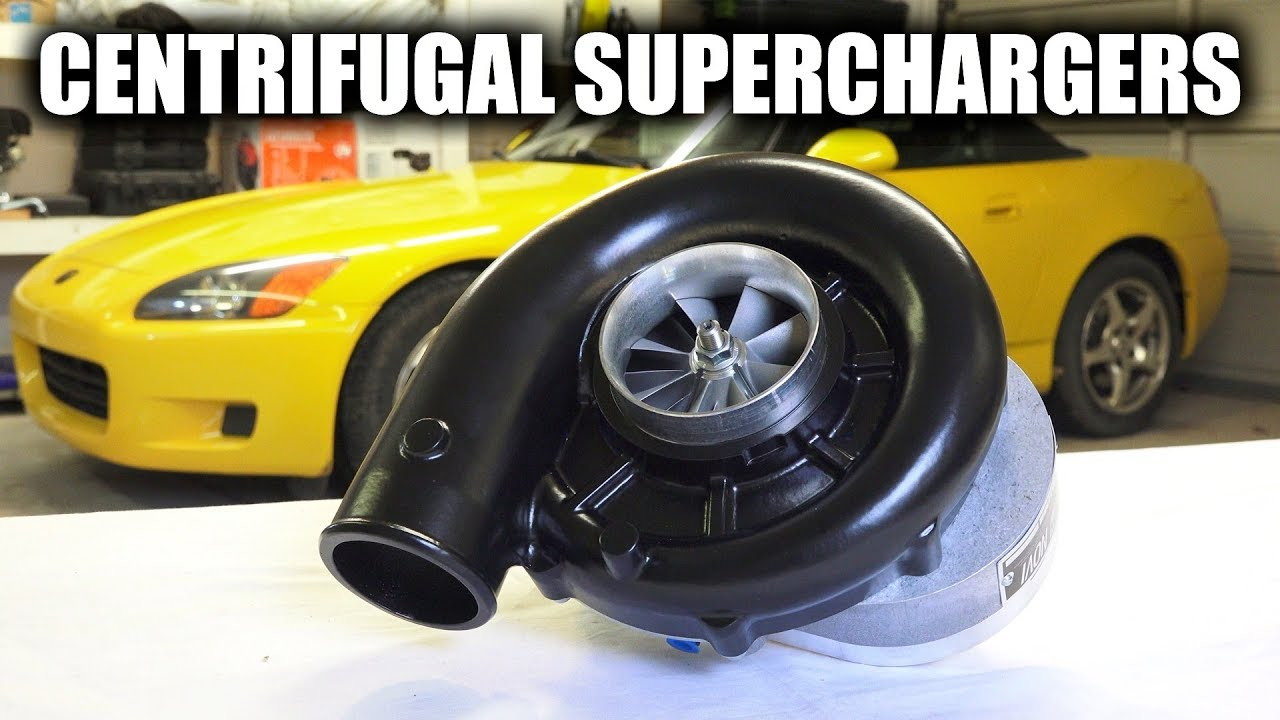
Your car arrives from the factory. Bolted under the hood is an engine that makes modest power, and it does so by breathing just fine on its own. It could make more power though and that extra motivation could easily come by way of a bit of forced induction. It's time to supercharge your ride. But first, you should probably learn how a supercharger performs its magic. Let's allow Jason Fenske from Engineering Explained a few minutes of your time to school you on supercharger science. The most basic bit you need to know is that a supercharger crams more air into your cylinders. You're forcing...
-
 How did Volkswagen's diesel defeat device work?
How did Volkswagen's diesel defeat device work?Every media outlet in the world covered Volkswagen's tangled web of lies and deceit as "Dieselgate" opened up and spewed the truth nearly three years ago. Its consequences are ongoing today, and VW's future trajectory has been changed forever. But, how exactly did VW's "defeat device" work? Jason...
Sean Szymkowski -
 Mercedes created the world's most efficient racing engine
Mercedes created the world's most efficient racing engineMercedes-Benz dominated Formula One in 2017, and part of its success was no doubt due to its latest F1 powertrain. The big news surrounding the engine is the fact it achieves a 50-percent thermal efficiency. What's so special about that? Jason Fenske of Engineering Explained is here to tell us...
Sean Szymkowski -
 How to break in a new limited-slip differential
How to break in a new limited-slip differentialJason Fenske from Engineering Explained is starting to wrench on his Honda S2000 project car. One of the latest areas of the car he's attacking is the rear end. His yellow Honda is getting a brand new limited-slip differential with more aggressive gearing. Before he gets to enjoy that extra...
Jeff Glucker -
 What's the difference between horsepower and torque?
What's the difference between horsepower and torque?We toss the words "horsepower" and "torque" around pretty often in the automotive industry, but perhaps the meaning of both gets lost along the way. Never fear, Engineering Explained is here. In a new video, EE host Jason Fenske helps explain in the simplest of ways what power and torque are, and...
Sean Szymkowski -
 Which is better: a supercharger or turbocharger?
Which is better: a supercharger or turbocharger?There are two relatively simple options to boost (pun intended) horsepower in a vehicle: superchargers and turbochargers. But, which is better? Once again, Jason Fenske of Engineering Explained is here with an answer. It's important to understand how both options function first. A turbocharger...
Sean Szymkowski -

You blip the throttle and your engine revs rise. It's a fun game that can put a smile on your face as you wait for a red light to change to green. It doesn't matter if it's a lumbering diesel in a pickup or a muscular V-8 in a pony car, you're likely to crack a smile when you tap that throttle. In some cars, you might just find a maniacal Joker-esque smile though, if you have an engine at the ready and it's packing a red line of 9,000 rpm or greater. How is that possible when the average car revs to just 6,000 or 7,000 rpm? Jason Fenske from Engineering Explained is here with some answers...
-
 Why do horsepower and torque cross at 5,252 rpm?
Why do horsepower and torque cross at 5,252 rpm?We've talked in the past about the relationship between horsepower and torque. They work together, and horsepower needs torque to make you and your car happy. There's one magic number though that doesn't get much ink spilled its way, virtual or otherwise. The number is 5,252, and it's the point in...
Jeff Glucker -
 What exactly is the difference between horsepower and torque?
What exactly is the difference between horsepower and torque?There's a battle of words that occurs when a group of people begin arguing over who has the fastest machine. All sorts of performance metrics are thrown around, and it can quickly become a miasma of uninformed soup. Some think they're going to win a race because they have more horsepower, while...
Jeff Glucker -
 Why do electric cars usually have only 1 gear?
Why do electric cars usually have only 1 gear?You won't jump into a modern electric car and row through a number of gears as you race down the road, which begs the question: why is it that electric cars usually have only one gear? It's but another topic for Jason Fenske of Engineering Explained to cover for us, so throw on your learning caps...
Sean Szymkowski -
 If your car recommends premium gas, should you use it?
If your car recommends premium gas, should you use it?You know those car ads you see filling every commercial break of your favorite television show? Look closely and you'll see a fair number of them touting either a given vehicle's power output or perhaps the estimated fuel economy figures. There's usually also a disclaimer stating that a certain...
Jeff Glucker -
 How the Ford GT's trick suspension has two unique spring rates
How the Ford GT's trick suspension has two unique spring ratesThe second-generation Ford GT packs incredible engineering no matter where one's eyes may scan. Be it aerodynamics, engine technology, or the suspension, there's always more than meets the eye. Here, however, we're talking about the GT's suspension, which is anything but traditional. It uses coil...
Sean Szymkowski -

When we have an automotive concept that involves complex science, we know just who to turn to for a proper explanation. That would be Jason Fenske from Engineering Explained. Today's concept is all about pressure. More specifically, it's about the idea of back pressure and whether or not this it's a good thing inside of an internal combustion engine. Like a number of automotive engineering concepts, back pressure is often misunderstood. So what is back pressure and why do we care about it? The most basic definition of back pressure is an opposing force acting on a gas that attempts to move...
-
 What's the difference between turbo lag and boost threshold?
What's the difference between turbo lag and boost threshold?The automotive enthusiast community occasionally mixes and matches a few of its key terms. Wheels versus rims, for example. Another example can be found when dealing with engines that breathe through a bit of forced induction. On a turbocharged engine, there are two physical concepts that can often...
Jeff Glucker -
 Here's how Mobil 1 ensures it makes a 20,000-mile claim
Here's how Mobil 1 ensures it makes a 20,000-mile claimNot all oils are created equal, and there's a new product on the market that comes with a pretty bold claim. Mobil 1 Annual Protection promises a life of 20,000 miles or one year, whichever comes first, before the oil needs to be changed. Intrigued by the claim, chief explainer Jason Fenske of...
Sean Szymkowski -
 Does the Tesla Roadster really have 7,000-plus pound-feet of torque, and what's its horsepower?
Does the Tesla Roadster really have 7,000-plus pound-feet of torque, and what's its horsepower?The 2020 Tesla Roadster's surprise introduction came with some pretty tantalizing specs. One of them is Tesla's claimed 0-60 mph sprint in just 1.9 seconds, but another figure washed over the internet. According to Tesla, the Roadster will have 10,000 newton meters (more than 7,000 pound-feet) of...
Sean Szymkowski -
 Watch a VW Beetle engine be rebuilt in 6 minutes
Watch a VW Beetle engine be rebuilt in 6 minutesWouldn't it be nice to have a proper work space in which you could wrench on your pride and joy? To have the tools and the time to do so is a wonderful luxury to be enjoyed whenever possible. Perhaps you're short on one of those things. It's most likely going to be the time aspect of it all...
Jeff Glucker -
 Do winter tires help when it's dry and cold?
Do winter tires help when it's dry and cold?For those who reside in snowy and icy climates, winter tires are often the go-to patches of rubber to ensure optimal performance. However, the U.S. has plenty of areas that dip below freezing but don't necessarily see precipitation. Even areas that get snow don't have it all the time. And yet...
Sean Szymkowski -

Turbo lag is a defining characteristic of older forced-induction cars. These large turbochargers were used to feed high-performance engines and generate significant power. The problem would come when you called upon that power. Your right foot mashes the gas—then nothing. A shock of power would eventually make its way to the drive wheels, sometimes mid-corner. Turbo lag is notoriously finicky (and in the case of old race cars, a killer) and automakers have been working on ways to reduce or eliminate it. Volvo has its own solution and it involves a bit of engineering that we need...
-
 Will the Hennessey Venom F5 be capable of hitting 300 mph?
Will the Hennessey Venom F5 be capable of hitting 300 mph?Hennessey Performance Engineering is making some rather bold claims. The Texas tuner recently revealed a new vehicle called the Venom F5. HPE says the Venom F5 will have 1,600 horsepower and be able to hit a top speed of 301 mph. We certainly believe Hennessey is capable of building a machine that...
Jeff Glucker -
 Can a catback exhaust actually make your car faster?
Can a catback exhaust actually make your car faster?Finding the aftermarket modifications that will make your car a better performer can be an adventure. Every company under the sun claims all sorts of horsepower, torque, and efficiency gains, but do those claims actually prove out in the real world? Not always. However, some mods will help improve...
Jeff Glucker -
 How does VW's Budack engine cycle work?
How does VW's Budack engine cycle work?Volkswagen isn't reinventing the way your internal combustion engine works. The automaker has, however, created a new twist on the Otto cycle that's a revised version of the Atkinson cycle. Your standard Otto cycle is the one with which you're most familiar. It's made up of intake, compression...
Jeff Glucker -
 5 ways electric cars outperform gas-powered cars
5 ways electric cars outperform gas-powered carsA proper gas-powered car is a joy to drive. Your senses take a joy ride when the sound hits your ears, the acceleration tosses you in your seat, and sometimes even the smell wafts into your nose. The days of gas-powered cars are numbered though. This is a fact we can't deny. Electric cars, however...
Jeff Glucker -
 How can the new Tesla Roadster do 0-60 mph in 1.9 seconds?
How can the new Tesla Roadster do 0-60 mph in 1.9 seconds?The 2020 Tesla Roadster washed over the Internet last week with some pretty incredible technical specifications and performance claims. For example, CEO Elon Musk said the new Roadster will sprint to 60 mph in just 1.9 seconds, which would make it the first production car in the world to go under...
Sean Szymkowski





